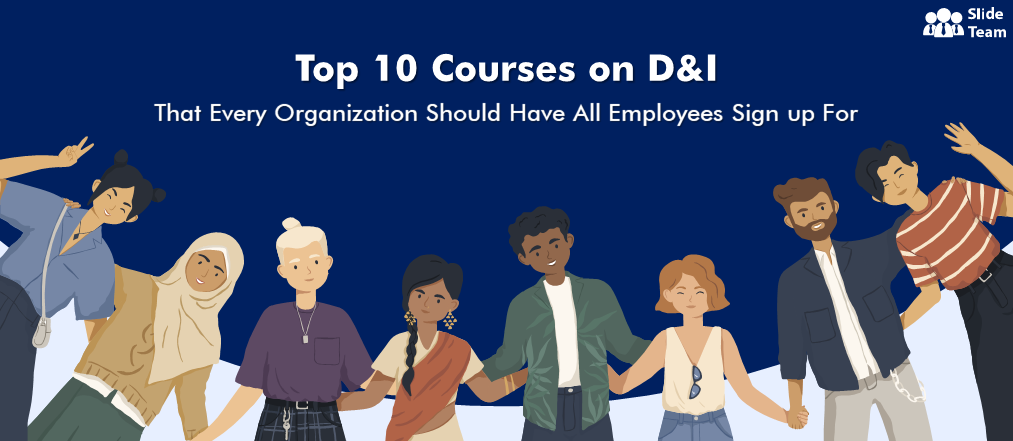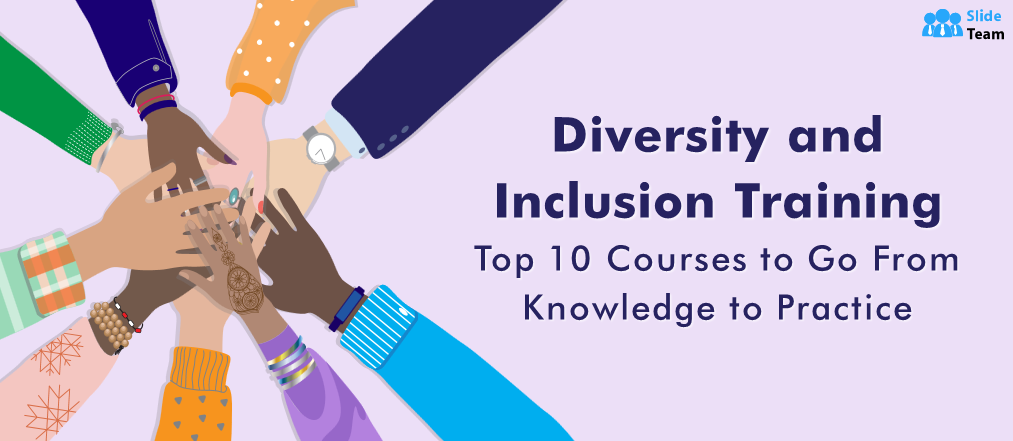Around the world, stock market experts speak of specific scrips with the delicious phraseology of an upward or downward bias, in terms of price movement. In business, however, there are no upward or downward biases; we only have biases that hurt individuals, and the more toxic ones that bring disrepute or financial loss to otherwise well-managed companies.
As a starting point, an admission is in order. All of us are biased.
If you are with us even after reading this, you have already won half the battle. We can confidently commit that our full course titled ‘Comprehensive Diversity and Inclusion Training Curriculum’ will help business leaders fight the pervasive influence of this malaise that plagues their efforts. The very-first module, ‘Training Module on Acknowledging your Bias’ is scientifically curated from the world’s finest research works on how to make a person acknowledge their bias.
We believe this step is critical to finally taking on the challenges and questions that the implementation of D&I will bring for the top management of any business. We also aim to sensitize the workforce and managers on how biases and other major obstacles to D&I hurt workplace functioning.
We will, now, launch a systematic and powerful attack on biases. The learning will also be on how and when biases become a part of our personality and business. The aim is to ensure that you respond rather than react when biases attempt to take you hostage.
The approach is activity-based. The trainer gets enough world-class curated content in the Course to point that nothing matches up to the experience of ‘Bias in Action’ on their mission to place D&I into the organizational DNA.
The trainer can download our comprehensive presentation deck to get the most well-researched content, fortified with impactful designs to deliver a powerful training experience.
The comprehensive course — with training material included — is also the most credible, relevant resource available online to a query on how to conduct training on D&I and eliminate biases.
You can click on any of the images below to access the comprehensive curriculum, which also includes a complete session on how to make participants acknowledge their biases.
Click here to get complete access to the comprehensive Diversity and Inclusion deck
Step 1: Visual exercises to see biases in action
Exercise I
To learn how bias plays havoc with your thinking processes and affects decision-making, please see the image on your screen.
Click here to get complete access to the comprehensive Diversity and Inclusion deck
Pen down whatever comes to your mind about this individual. Do not overthink.
Now, see the same man below and answer the question again.
Click here to get complete access to the comprehensive Diversity and Inclusion deck
The point is that biases are powerful brain messengers and help us take off-the-cuff decisions. These are, however, nowhere near accurate or even correct.
Now, the trainer can ask trainees to look at the notes and compare how they judged these two images because they are the same person. This gentleman is actually a doctor; yes, he has tattoos as well. The point is that you should be careful when you make snap judgments and assumptions.
Exercise II
Click here to get complete access to the comprehensive Diversity and Inclusion deck
Your gut-reaction half compels you to say that B is the outlaw. With the understanding/learning from the previous picture still fresh, however, most trainees are likely to give the smart and calculated answer of A.
The answer is A, Mr. Ted Bundy, who is a serial killer, is more likely to have a run-in with the law; the man on the bike, Dr. Matt Taylor is a scientist.
Exercise III
Click here to get complete access to the comprehensive Diversity and Inclusion deck
In this image, though the visual cue is smaller and the text dominates, we have to answer the question posed? What is music at ‘good volume’, is there any evidence to say whether it needed to be turned low or high.
The answer, as you see, is in the two pictures below:
Click here to get complete access to the comprehensive Diversity and Inclusion deck
Exercise IV
Click here to get complete access to the comprehensive Diversity and Inclusion deck
All of our biases then translate into the fact that a ‘Steve’ is always more likely to be hired than a ‘Stella’, even when their resumes, references, and everything else is identical. We have two more visual exercises before we move on to the other major HOWs to shine the spotlight on biases.
Exercise V
Click here to get complete access to the comprehensive Diversity and Inclusion deck
Meritocrats among trainees and purists will see no reason to say that looks matter in how much one can earn. Well, the cruel, but true answer is that the statement above is False. The next time, try and resist the pull of this bias in your life or workplace and document the result.
Exercise VI
Click here to get complete access to the comprehensive Diversity and Inclusion deck
The answer to this difficult question is that 60% of Fortune 500 companies’ CEOs have a standing height of over 6-feet; this is even as the general population has only 15% of people who are this tall. The inescapable conclusion is that just height gives you a better chance than average of being the CEO of a Fortune 500 company.
Step 2: Thinking exercises to see biases in action
As you let all the learning sink in into your trainees, we have other questions for you as well that involve the use of the Faculty of Thinking.
Thinking Exercise I
Click here to get complete access to the comprehensive Diversity and Inclusion deck
This is a really tricky one to answer. As a complete stranger to the person, we must have the self-awareness to see that the individual might have avoided the responsibility due to a valid reason. However, we also associate the person working flexible hours as someone who is not serious about the job. Hence, if any cue comes to validate this assumption, our biased view allows us to presume that as the truth.
Thinking Exercise II
Click here to get complete access to the comprehensive Diversity and Inclusion deck
At the workplace, the situation in the picture arises often. People answering Yes are exhibiting benevolence bias.
Thinking Exercise III
Click here to get complete access to the comprehensive Diversity and Inclusion deck
Only half of the trainees get this right because of deeply-entrenched Gender Bias in almost all of us. The Mother of the Boy is the surgeon. People get this wrong because they don’t associate a doctor or surgeon with a woman.
With this, we conclude our hands-on thinking exercise. Remember, there are no ‘right or wrong answers’, only behaviors or thought processes that are biased or unbiased.
Thinking Exercise IV
Click here to get complete access to the comprehensive Diversity and Inclusion deck
A highly-customized way and unique offering in our course, the ‘Complete the Wheel’ exercise above allow trainees to self-evaluate for bias. If attendees responded that the male candidate is lying, and the leave should not be approved, then they are using their existing stereotypes to judge a situation and are biased.
Step 3: Testing Exercises To Find Biases
Testing Exercise I
The six major sources of bias are race, gender, sexuality, disability, weight, and age. The course has a 30-question survey intended to understand bias penetration in any particular group of students, trainees, or corporate staffers.
Click here to get complete access to the comprehensive Diversity and Inclusion deck
With life in the gray, rather than black and white, our survey design ferrets out your biases on each of the variables. Trainees have to give their subjective responses and the total across the six factors gives us some idea of biases each of them is carrying. The rating scale moves from 1-5 from ‘Extremely Uncomfortable’ to ‘Extremely Comfortable’, with 3 counted as Neutral.
Click here to get complete access to the comprehensive Diversity and Inclusion deck
To evaluate what your score means, total it up. A total of 21 or above is fine. Anything lower means that you need training in D&I.
Step 4: Know your numbers on bias
Number Shocker I
Click here to get complete access to the comprehensive Diversity and Inclusion deck
The bar charts above reveal biases and their impact on D&I in empirical terms. Being black is just not done in the US. A 2020 CNBC study shows that they are paid 33% lower for their skin color; within this, a woman loses a further 20% for her ‘god-gifted’ gender.
Number shocker II
Click here to get complete access to the comprehensive Diversity and Inclusion deck
Another statistic that shocks is that as many as 41% of managers claim to be ‘too busy’ to create diversity and inclusion initiatives for their teams. This is even as the workforce is crying out for such policies. In a Harvard Business Review study, 78% of employees said there is a lack of diversity in leadership positions at their organizations.
Number shocker III
Click here to get complete access to the comprehensive Diversity and Inclusion deck
Till this point, you get an inkling of how big the D&I opportunity is for managers with the will to transform. People who show results on the D&I front have the chance to take the escalator to professional success.
In this exercise with numbers, trainees absorb the value of eliminating biases and embracing D&I. Sample this: Fortune 500 companies that have at least three directors as women saw a 53% increase in Return on Investment (ROI).
Businesses with well-entrenched D&I practices are 70% more successful in entering new markets. Nearly one-third presence of women in your organization can give you a 6% increase in Net Profit Margin.
Step 5: Moving towards best practices of D&I
Downloading exercise, reading, and implementation
If the 14 exercises (six visual, four thinking, one testing, and three based on numbers) above have worked for you and ignited curiosity, you will be even more hungry to understand the concept of bias and its relationship to D&I.
Knowing what leads to bias is crucial. Of the four causes that give birth to bias, evolution is one. The other three are cultural conditioning, biological reasons, and individual experiences.
Click here to get complete access to the comprehensive Diversity and Inclusion deck
With these practical, ‘done-it-felt-it’ exercises on bringing biases alive, it is time to download, read, assimilate, and implement our Course on D&I. The key is to treat it as an opportunity, not as a cost or a compliance burden.
Documenting bias acknowledgment is the key first step that will make you and your team dust off the malaise that might have crept in unnoticed. The exercises above are meant to get you to notice how harmful biases can be, and act to ensure that your workplace is free of them. Biases lower the efficiency of business operations, makes you take poor decisions, and hurt the bottom line.
Our major learning is that businesses must conquer or win over stereotypes and prejudices as well. These produce biased judgments in the selection process. This costs businesses in terms of human resources with unsuitable persons hired and the more suitable tagged as rejected.
Our full course on D&I offers a number of HOW-TO DOs, just as we have done in this piece with biases. The credo for businesses seeking to achieve excellence is also listed out, which is that ‘Every individual is provided with similar opportunity to achieve their full potential’.
Businesses and organizations that implement this insight from our result-oriented course can aim to be integrated, engaged, and empowered. For them, the answer to D&I is no longer a secret.
As business leaders and corporate trainers put it together, it can help if they remember that in today’s world, turning workplaces into one where D&I thrives by choice, is the way to go.


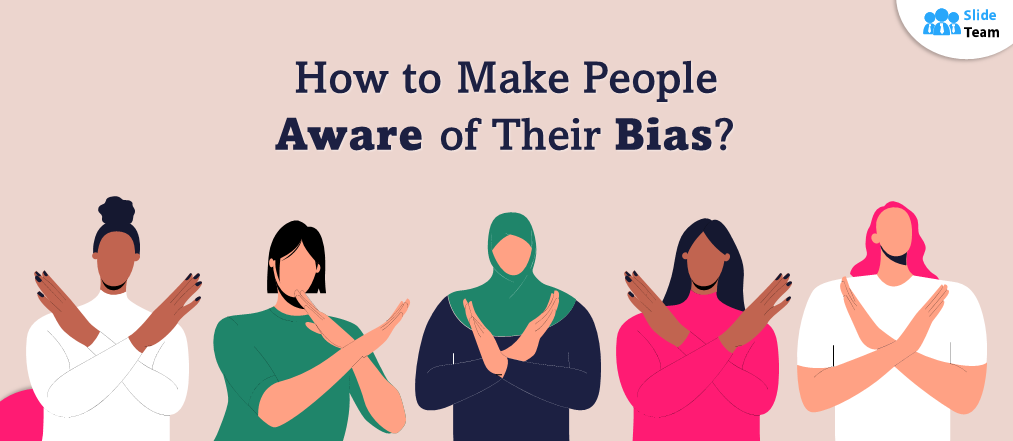


 Customer Reviews
Customer Reviews

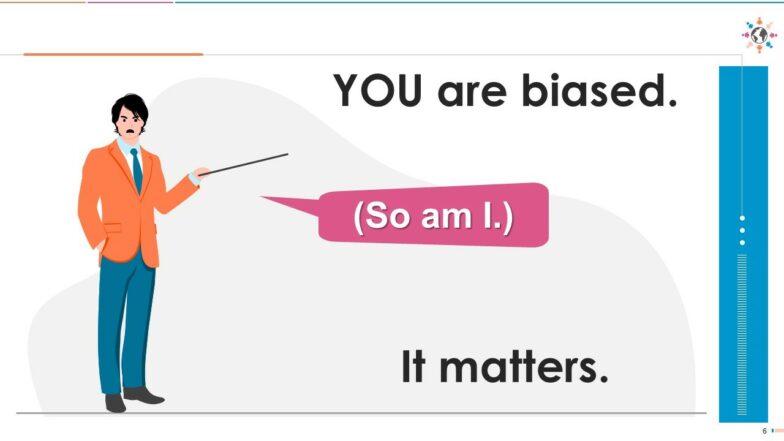
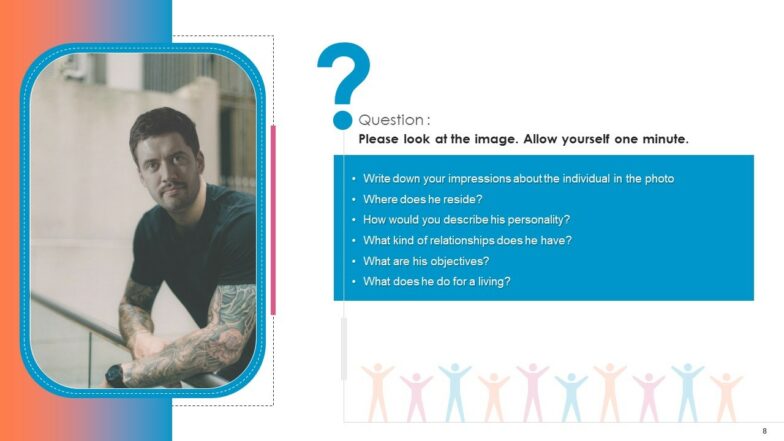
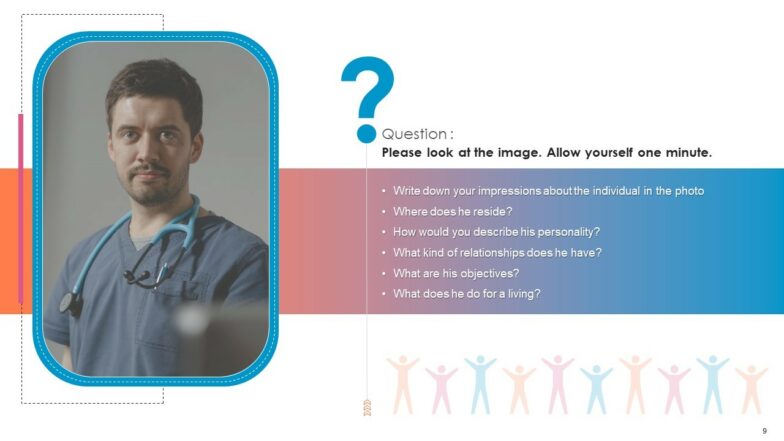
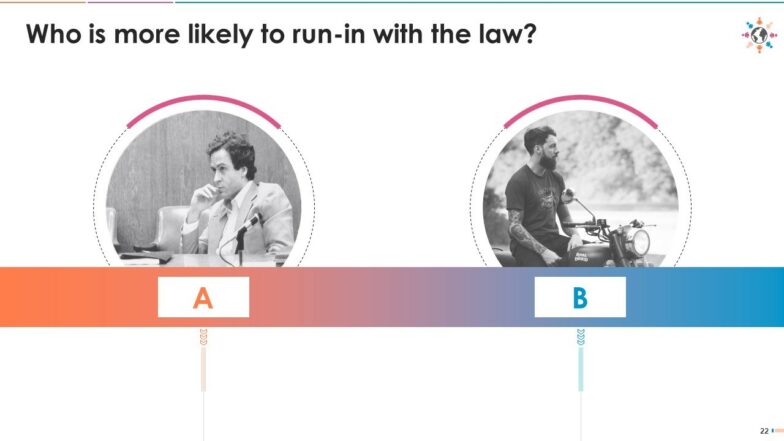
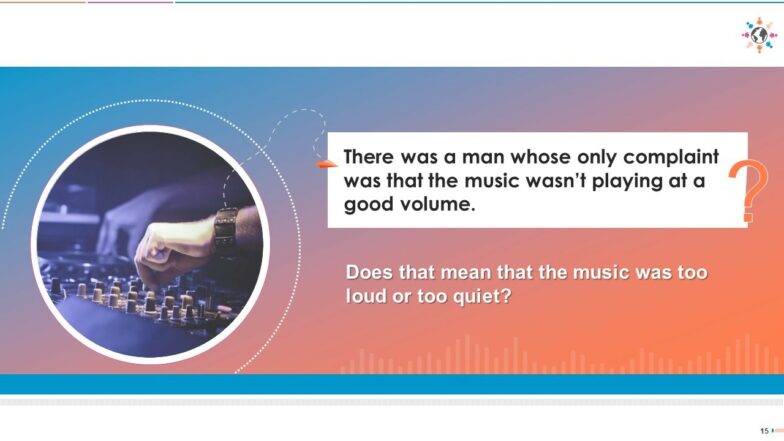
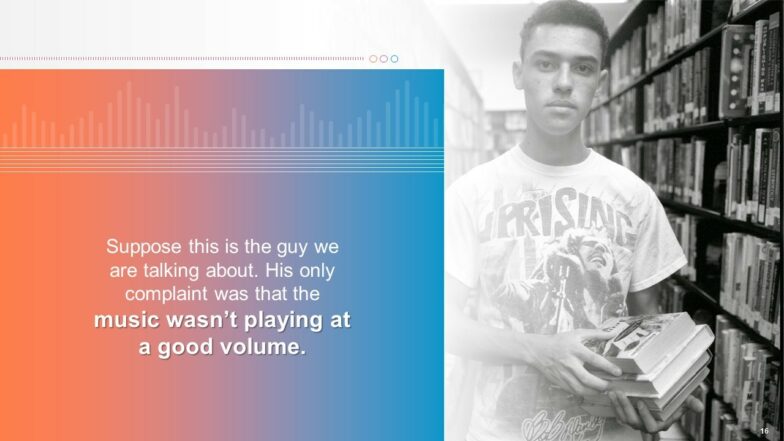
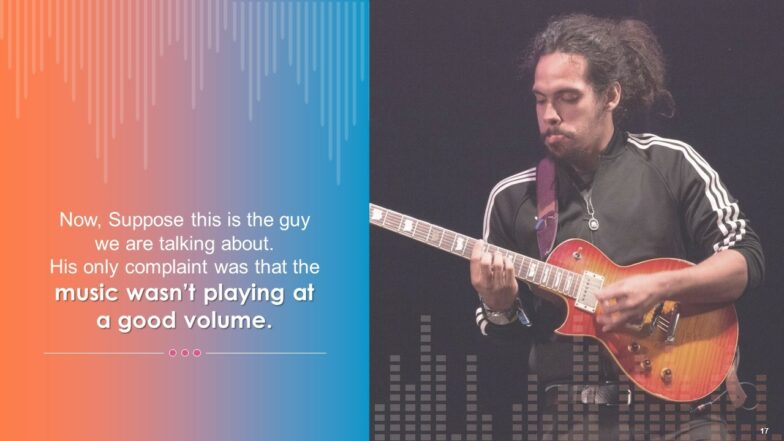
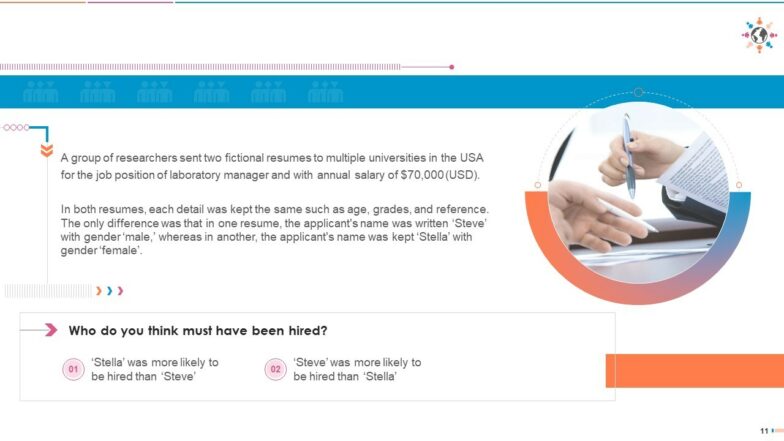
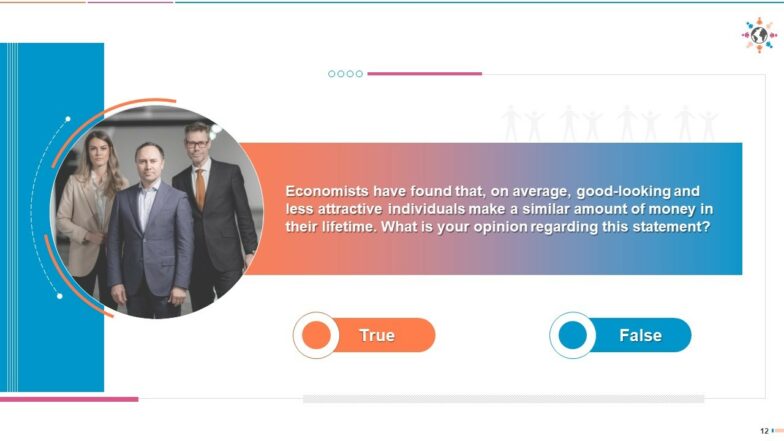
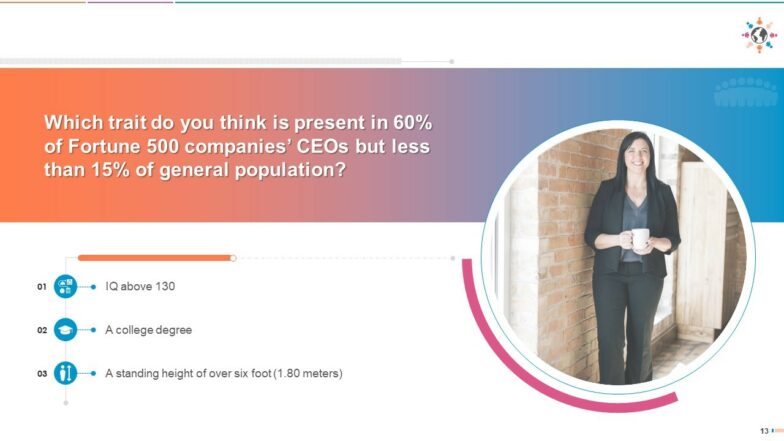
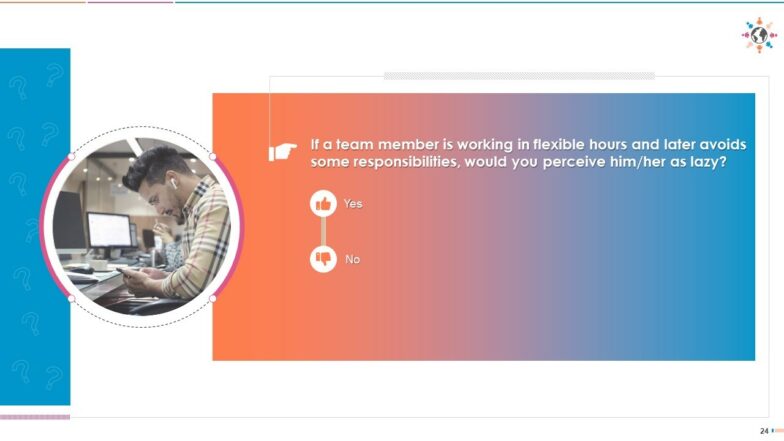
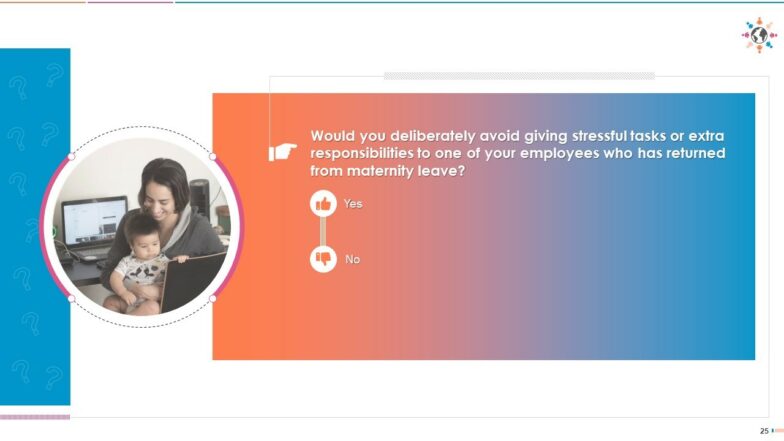
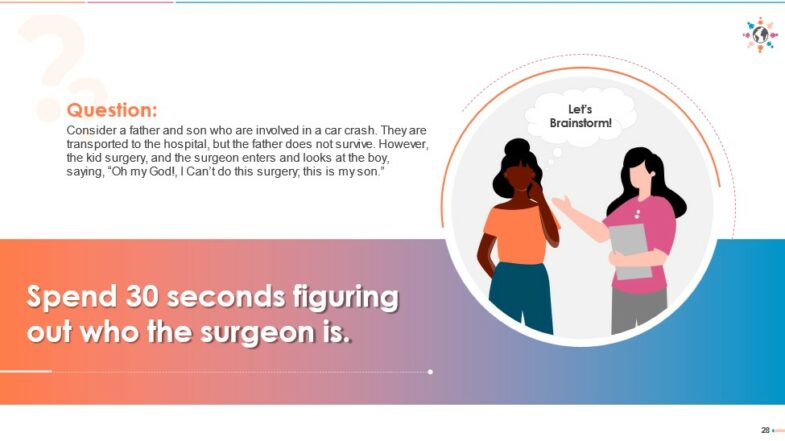
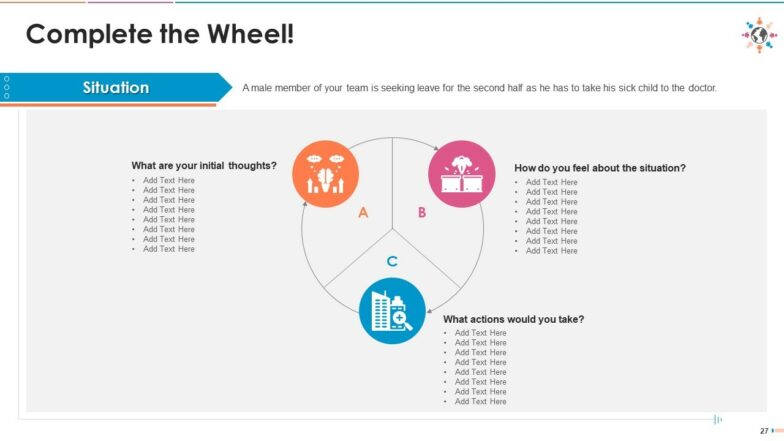
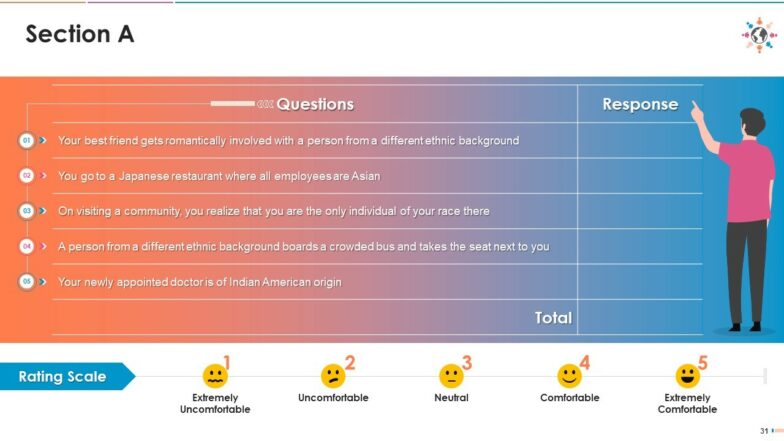
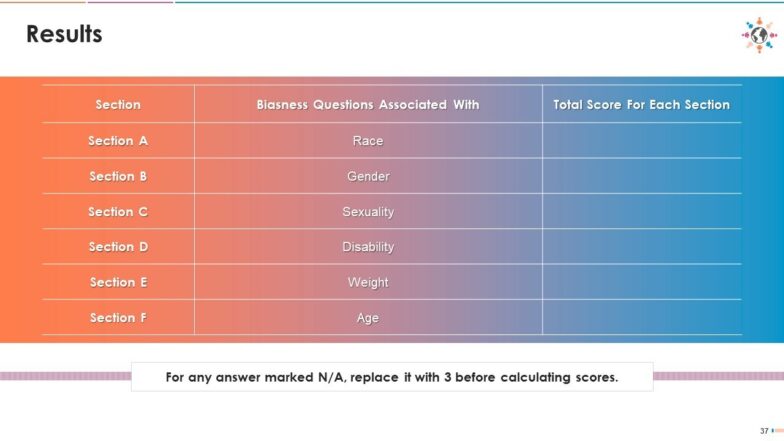
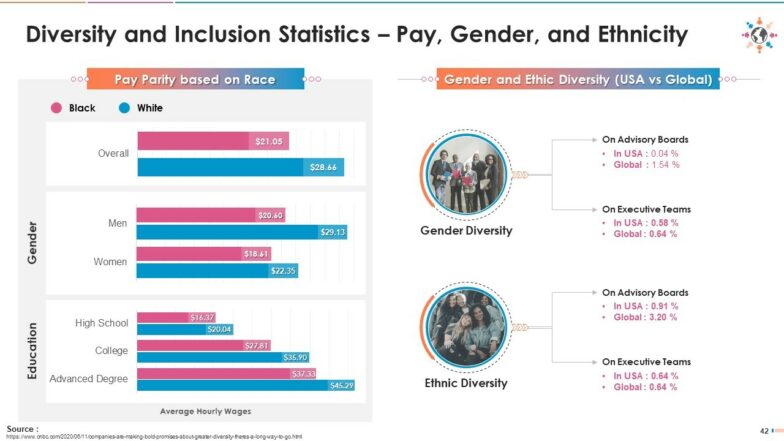
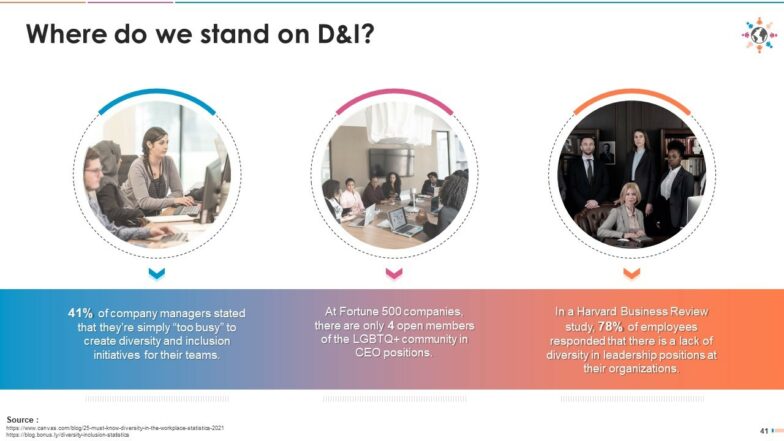
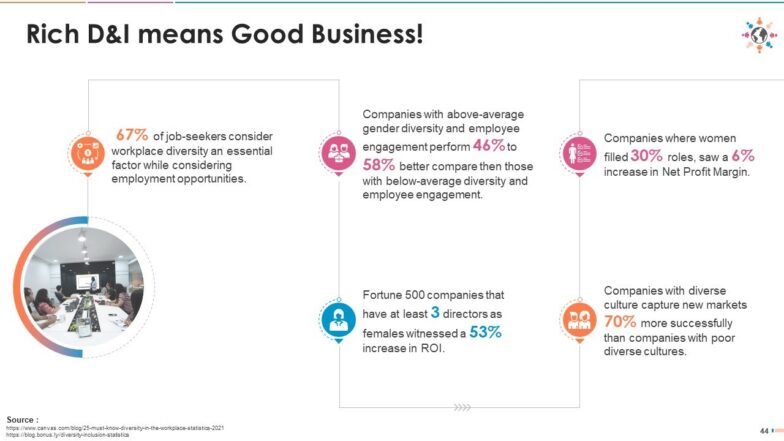
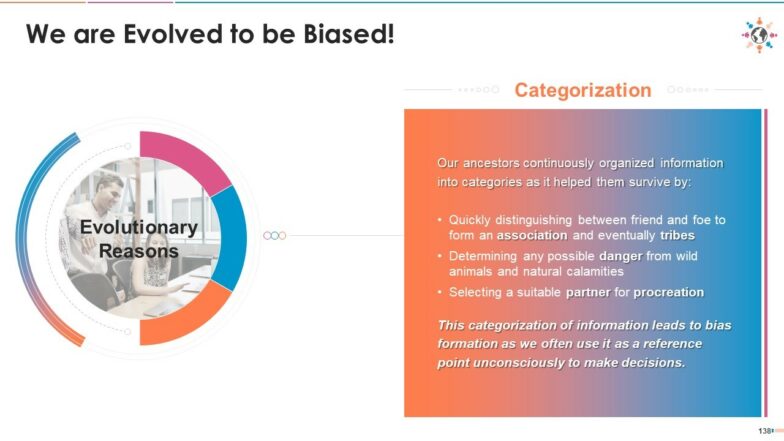



![[Updated 2023] Top 20 Diversity and Inclusion PowerPoint Templates to Celebrate Differences & Drive Innovation!](https://www.slideteam.net/wp/wp-content/uploads/2020/05/Banner-diversity-335x146.png)
![A Complete Guide to Diversity & Inclusion Training for Corporate Employees With Training Material Included [Free PDF Attached]](https://www.slideteam.net/wp/wp-content/uploads/2022/03/Diversity-Inclusion-Training_1-1013x441.png)
